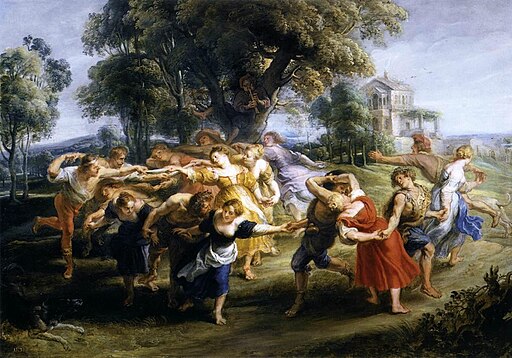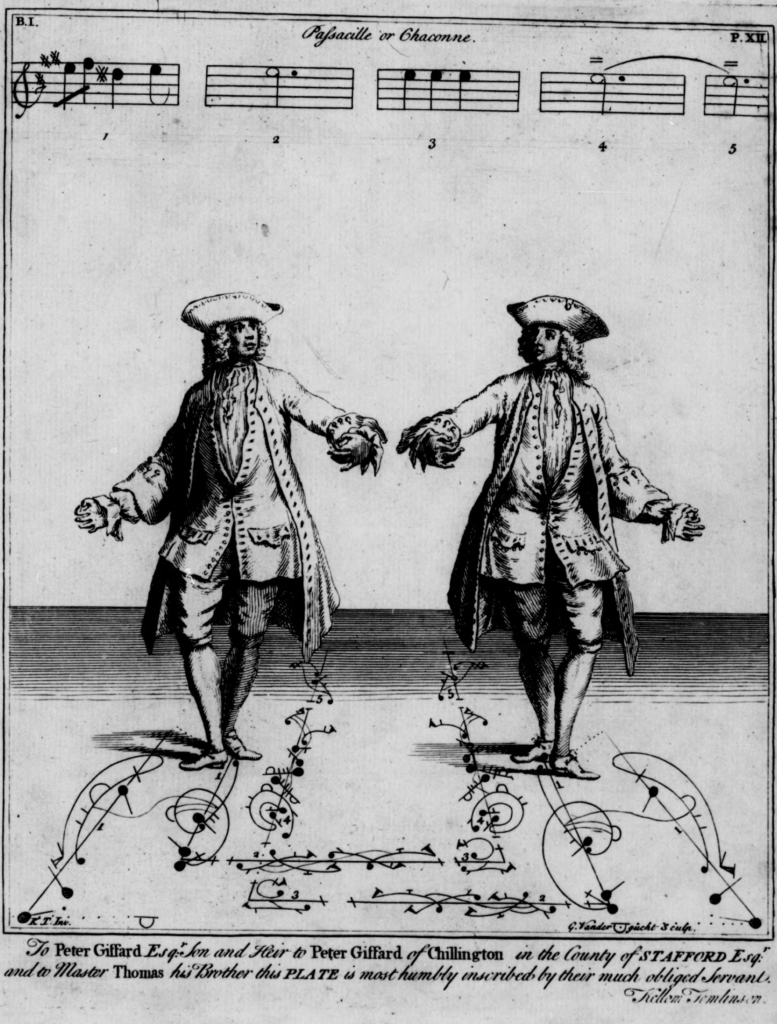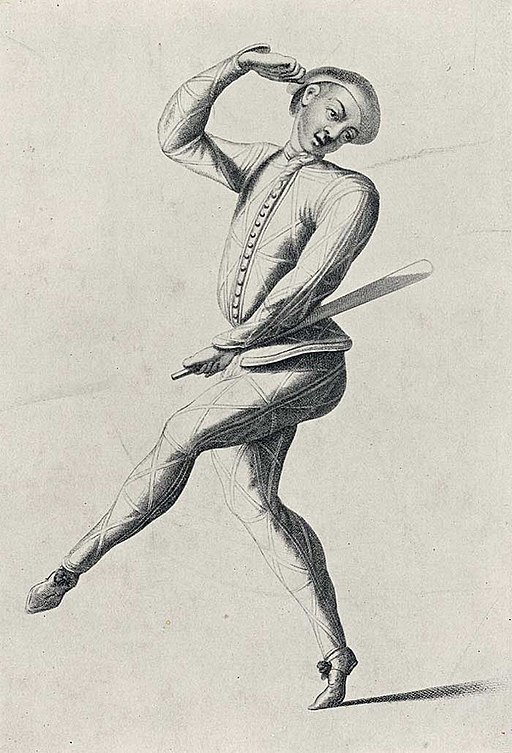Tempesta di Mare’s upcoming show puts ostinato in the title. But don’t expect it to be a headliner. Rather, organizing a show around that hard-working ostinato gives Tempesta the chance to gather some of the most engaging, exciting, moving music in baroque—or any other —repertoire.
Ostinato – the ultimate team player
Because it’s the ultimate team player. It turns up every day and does its work without calling attention to itself, it’s done so for centuries. But its job is to provide the engine that makes the music work and it’s a job it does very well indeed.
Basically, ostinato is the name for a musical pattern that repeats, over and over. Sometimes what repeats is a bassline, sometimes it’s melody that repeats, sometimes it’s a repeating harmonic pattern and sometimes it’s repetition of all of them. While that’s going on, the rest of the music shimmers and shines and tells stories and changes mood and builds worlds as much as it wants. The ostinato’s always there to center it and urge it forward at the same time, like a heartbeat.

Ostinato is old, very old, probably older than we know. In western art music, physical evidence of ostinato appears as early as mid-13th century England in the manuscript of “Sumer is icumen in.” “Sumer…,” a song for six voices, with two of the voices repeating a melodic pattern—the ostinato—while the other four voices sing the rest of the song as a round. The manuscript (itself a tour-de-force of graphics design) shows those two repeating voices, marked “pes,” in the bottom two systems.
But ostinato got its first really big moment at the dawn of baroque. At the turn of the 16th century—just before and after 1600—composers all over Europe were looking for ways to take their art in fresh new directions (it’s the same moment that birthed the stile moderno, but that’s another story).
And new directions were right outside the window. People in cities and towns were singing and dancing to infectiously catchy tunes—so infectiously catchy, in fact, that the authorities were on alert that they were potentially subversive.
A swaggering devil of an ostinato

Art musicians recognized a good thing when they heard it and in no time, Romanescas, Passamezzos, Bergamascas, Zarabandas—among many others—made their way out of country dances and village squares and into the concert hall. Music based on ostinato patterns took off.
They were popular—wildly popular, in fact. One favorite was “La Folia,” a swaggering devil of an ostinato pattern that repeats bassline, harmony, rhythm and melody, all of them; the music and the high energy dances that went with it was so alluring, even addictive, that it won the tag of “folia,” or “madness.” Composers and concert players spun variations on the Folia theme, from spectacularly showy to hauntingly tender, and players loved them. It gave them a great opportunity to show off.
La Folia boomed in the 17th– and 18th-centuries. Big-name composers did them, like the versions by Antonio Vivaldi and Andrea Falconieri (maestro di cappella for Naples’ royal court) on Tempesta’s program, but there were many others, too. Many? People guess that there are hundreds, maybe many hundreds of Folias. The crowd-sourced website La Folia, A Musical Cathedral lists a lot them and is always looking for more. Madness? Maybe.
Once it goes, it goes
And ostinatos evolved. When ostinato music got played in courts, concert hall and stages, those great rackety old dance tunes started to change.

Take another dance, for example, the Ciaconna. Ciaconna isn’t associated with a specific tune or tune like Folia. It’s distinctive for a harmonic or bass-driven ostinato pattern that doesn’t resolve between repetitions but elides the end of one with the beginning of the other. Once it gets going, it picks you up and won’t let you go.

In its earlier life, the Ciaconna got a certain notoriety for naughtiness, high spirits, suggestive gestures, subversive lyrics—irrepressible vitality. “Let’s live the good life!” its refrain would go, “Vida, vida, vida bona!”. In commedia dell’arte, ciaccona is the is associated with the Harlequin character (the one in the checkerboard suit) when he’s being tricky.
But in the 17th-century, the risqué Ciaccona got a makeover. It changed its name to the French “Chaconne” and became one of the principal dances in Louis XIV’s very elegant, very refined court and as such was disseminated all over the European and European-controlled world. As dignified as Chaconnes became, though, that old Ciaconna subversion lurks in their hearts. They’ve still got that propulsive repetition that makes you want to move.

Outward stability, inner churn. Nothing more interesting than a reformed bad boy, as Tempesta’s Chaconne picks demonstrate: by Jean-Baptiste Lully, Louis XIV’s music director and director of the royal opera, who favored Chaconnes for the big finales of his operas and comédie-ballets; London’s Henry Purcell, from his opera Dioclesian; and Parisian Marin Marais, with an ostinato borrowed from the sound of bells ringing in a neighborhood church.
Now a top 100
The baroque has been called the First Golden Age of Ostinato. Interestingly, our very own time has been called the Second. Ostinato has had growing popularity in pop music for at least half a century as songwriters become more and more taken by the possibilities of this ancient device. In classic pop, take Stevie Wonder’s “Superstition,” 1972, with its jumpy, creepy phrase on inexorable repeat; or Bob Marley and the Wailers’ “No Woman No Cry,” 1974, with a repeating descending bassline that wraps you in a warm hug.
And in the last decade, ostinato has practically conquered the Billboard Top 100. One of the industry’s present top hitmakers is Max Martin and he loves ostinato. He has cowritten and produced ostinato-based chart-smashers with Taylor Swift, Adele, Katy Perry and many, many others. Martin even co-wrote, with The Weeknd, that ubiquitous pandemic anthem “Blinding Lights,” 2019, with its insinuating, relentless repetition. In 2020, all over the world, countless people cooped up in their houses under Covid shutdown took on the “Blinding Lights” TikTok dance challenge.
Including me. I never got the hang of it, but I tried. Again and again. Madness? I rest my case.
Anne Schuster Hunter is a writer and art historian living in Philadelphia, www.anneschusterhunter.com.
